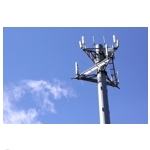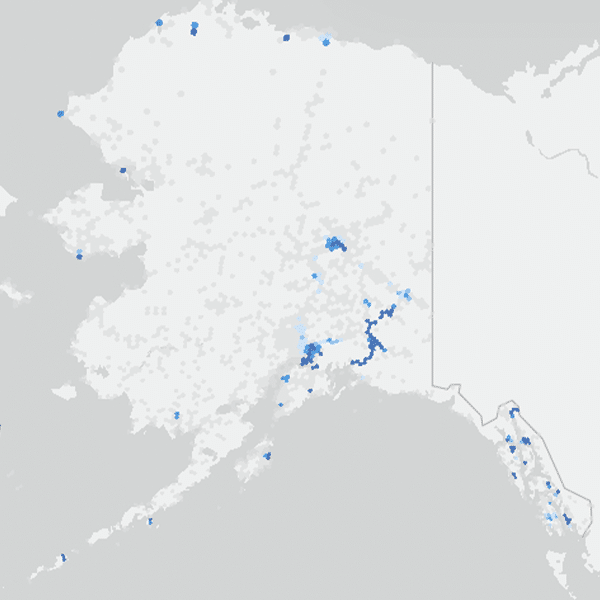 In February, President Obama laid out his vision for how to gain wider deployment of high-speed wireless networks. In Part 1 and Part 2 of this four-part series, we looked at proposal highlights and the proposed plan to fund wireless initiatives through a voluntary spectrum auction.
In February, President Obama laid out his vision for how to gain wider deployment of high-speed wireless networks. In Part 1 and Part 2 of this four-part series, we looked at proposal highlights and the proposed plan to fund wireless initiatives through a voluntary spectrum auction.
In Part 3 below, we look in more detail about the president’s proposal to use $5 billion from the incentive auctions for a Universal Service wireless mobility fund and $3 billion, also from the incentive auctions, to fund wireless research and development.
The Wireless Universal Service Fund
The idea for the wireless Universal Service fund did not originate with President Obama. Instead, it was a recommendation made by the Federal Communications Commission in the National Broadband Plan issued just over a year ago.
Traditionally wireless operators have not had their own Universal Service program. Instead they have essentially piggybacked onto today’s voice-focused Universal Service program as competitive eligible telecommunications carriers. Competitive ETCs that serve areas where the cost of delivering landline voice services are high are currently entitled to receive support for wireless voice service to customers in those areas at virtually the same level of support as the incumbent landline carrier, even though the wireless carrier’s costs typically are lower.
The CETC program has drawn criticism from almost every corner because wireless carriers’ costs usually are lower than the incumbents’ costs and because, unlike the incumbent, the wireless carriers are not required to serve every customer in the territory. To address this situation, the National Broadband Plan recommends creating a separate wireless fund that would focus on data rather than voice services—a move that mirrors the plan’s recommendation to shift landline Universal Service funding from voice to broadband.
The National Broadband Plan, however, did not envision the raising of additional funding for the wireless Universal Service program beyond what is currently generated through today’s Universal Service program. Instead, the plan crafters aimed to repurpose some of the current funding by, for example, limiting both the new landline and wireless programs to just a single carrier per serving area, rather than providing duplicate support for CETCs.
The National Broadband Plan did say that, though, that the U.S. would be able to reach the goal of making broadband service available to virtually all Americans more quickly if Congress would raise “a few billion dollars” to be put toward the program. President Obama’s February proposal appears to be an attempt to make that happen but to target the new funding not toward Universal Service overall but toward the wireless program specifically.
Research & Development
The $3 billion for research and development proposed in the Obama wireless plan, known as the Wireless Innovation (WIN) fund, appears to be largely President Obama’s own initiative—and less is known about what specifically is proposed there.
The proposed federal budget for fiscal year 2012 offers this breakdown for the WIN fund (in millions of dollars):
- National Science Foundation $1000
- Defense Advanced Research Project Agency 500
- Spectrum Relocation Fund 500
- National Institute of Standards and Technology
- Public Safety Innovation Fund 500
- Economic Development Administration 100
- DOT/ Intelligent Transportation 100
- Advanced Research Projects Agency- Energy 100
- Center for Medicare and Medicaid Services 100
- Advanced Research Projects Agency- Education 100
A senior official for the Office of Science & Technology Policy said additional details about how the $3 billion would be used should be available soon.
Read Part 4 of this four-part series, where we look at President Obama’s proposal for the nationwide mobile broadband public safety network.


